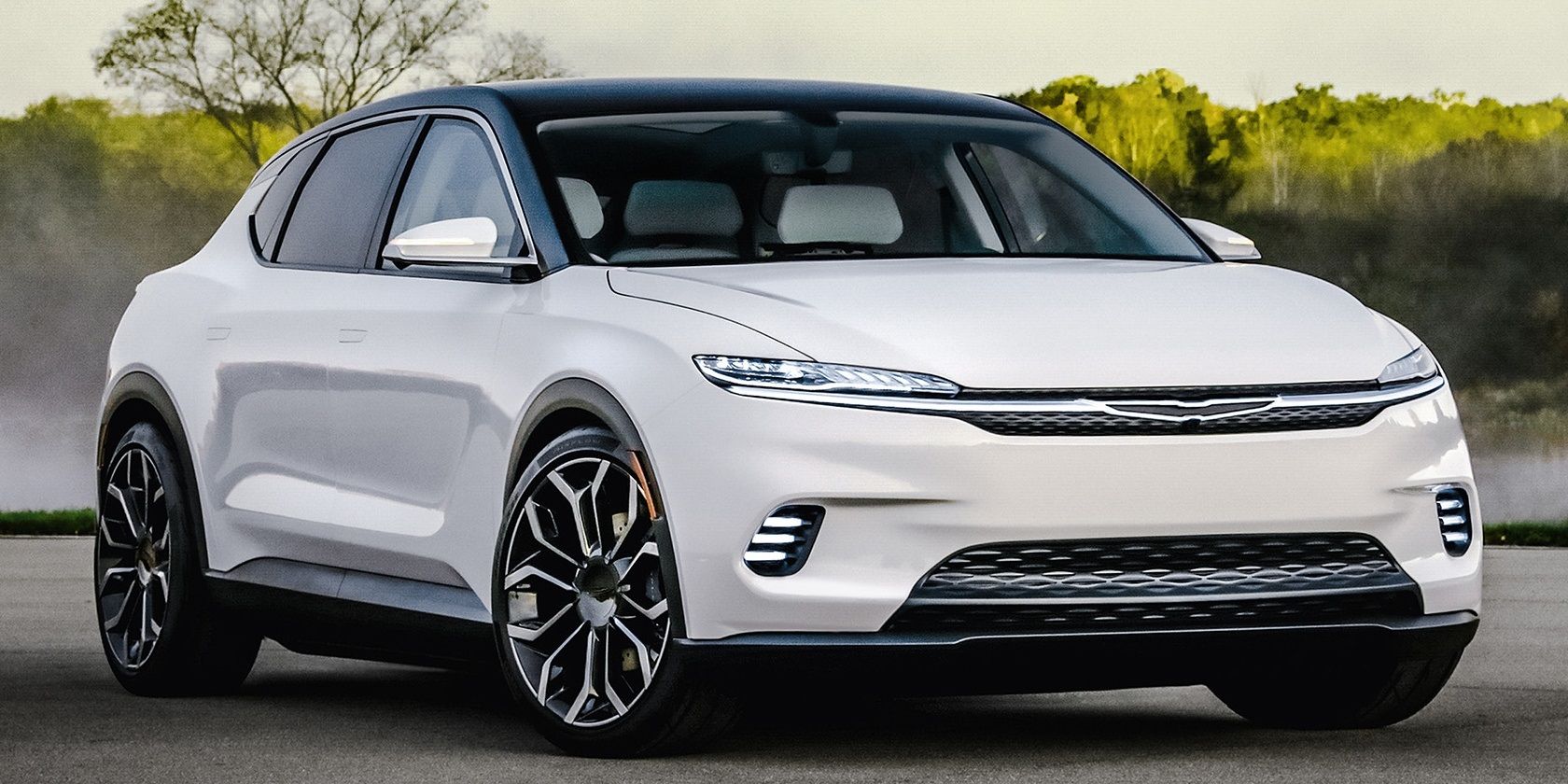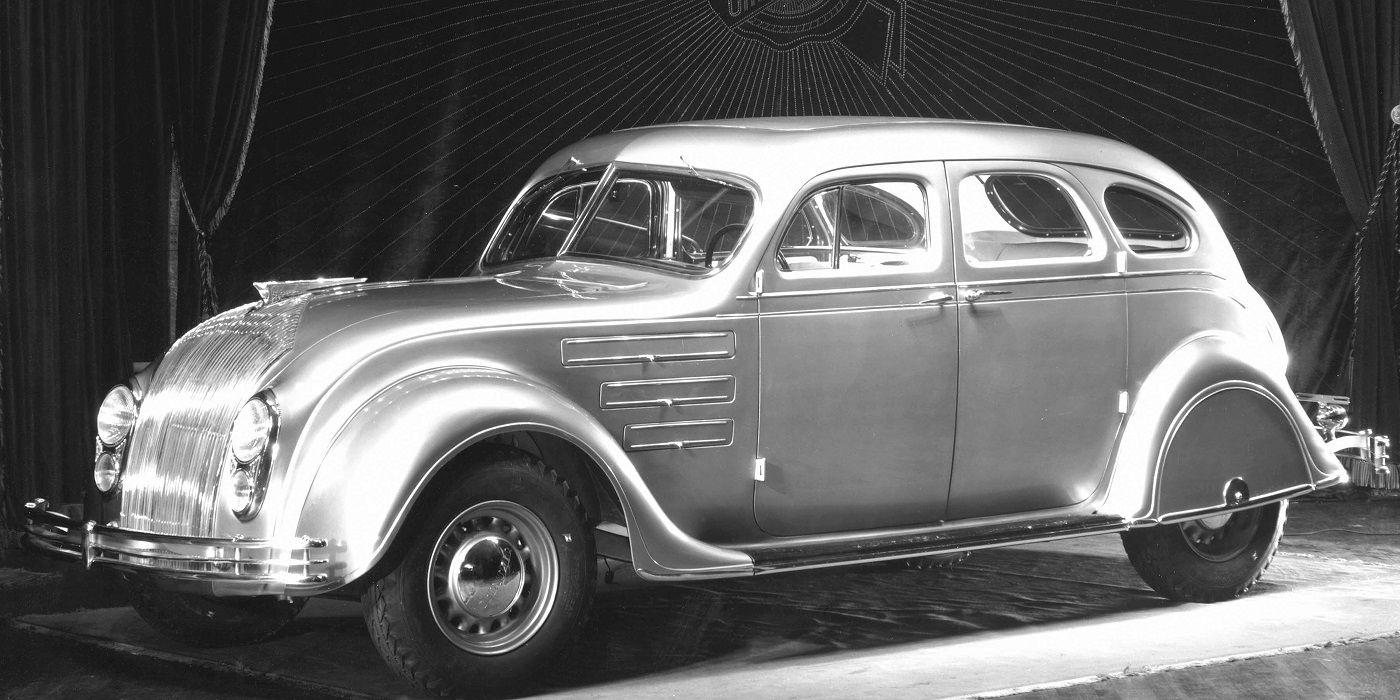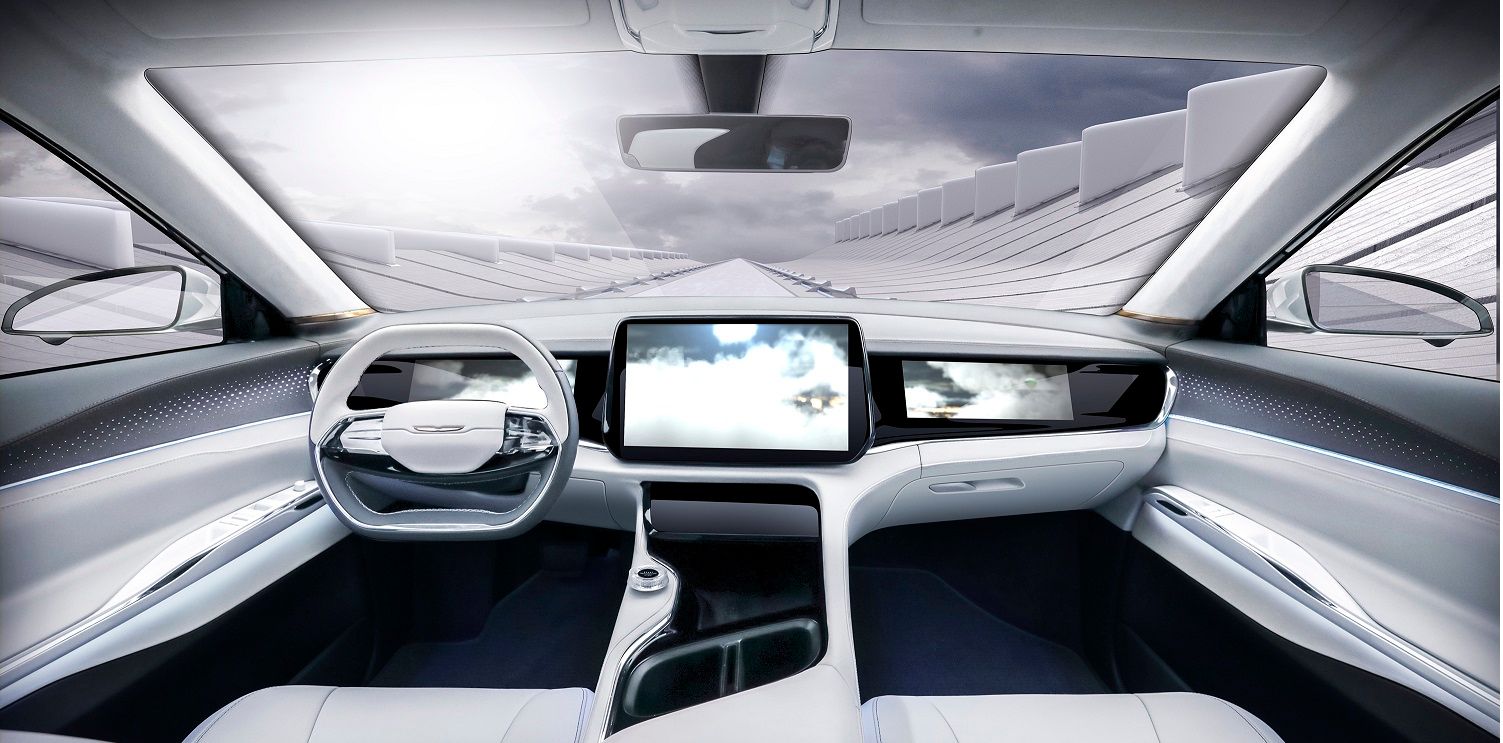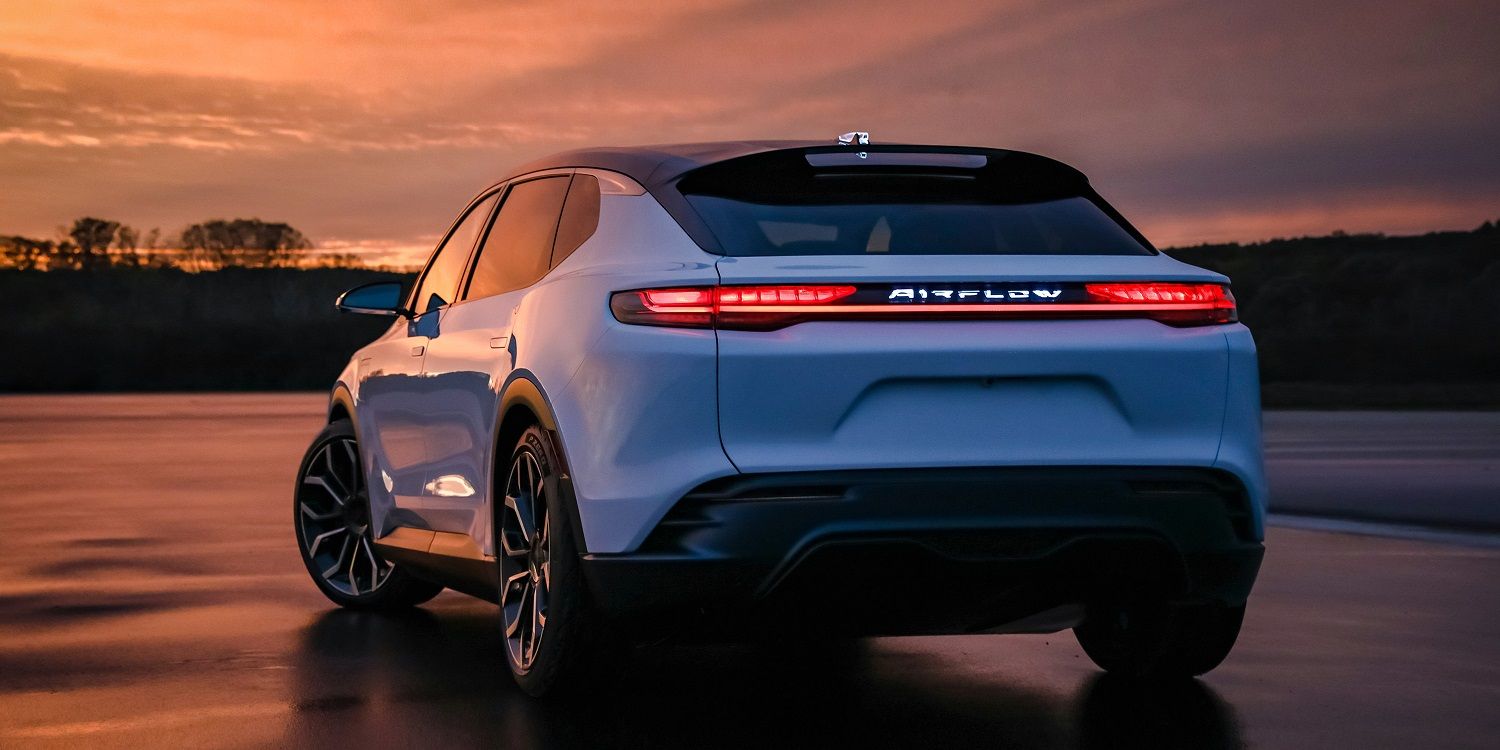For the past few years, it seemed that the automotive brands composing the Stellantis conglomerate were unaware of the surging public interest in electric vehicles. Instead, these marques—most notably Chrysler, Dodge, Jeep, and Ram—have been partying like it’s 1969, stuffing high-horsepower V8 engines in everything from the Ram 1500 to the Dodge Charger.
The recent debut of the Chrysler Airflow Concept now suggest that Stellantis does indeed recognize the impeding EV revolution.
As one of the most important Stellantis concept cars in recent memory, let’s review why the new Airflow Concept is worth getting excited over.
What Is the Chrysler Airflow Concept?
The Airflow Concept previews upcoming technology and engineering from not only the Chrysler brand but all the Stellantis brands. It also is the first Stellantis product to showcase the company’s all-new software and hardware, which is tasked with significantly growing subscription revenue.
As for the Airflow name itself, it’s an apt handle. Back in the 1930s, Chrysler was on the forefront of automotive engineering, and a new model known as the Airflow was intended to prove the zenith of its R&D efforts. Ultimately, however, the new car pushed things a little too far for depression-era tastes with its all-new, windswept design that looked nothing like the typical two-box car body of the day.
Though it was a sales flop, the Airflow’s revolutionary engineering and aerodynamic styling immediately began to influence other major manufacturers, and it’s remembered today for the outsized impact it had on the industry. Seeing the long-dormant name brought out of the history books suggests the aspirations Chrysler has for this new concept.
Chrysler Airflow Concept Technology
The heart of the new Chrysler Airflow Concept is a pair of electric motors that each generate 150 kW. Chrysler didn’t specify battery size, but did say that the included battery should deliver 350-400 miles of range on a single charge.
Impressive as that is, we’re more intrigued by the car’s software. Known as the STLA Brain, this system is an all-new proprietary software architecture that the company intends to deploy at scale starting in 2024.
Stellantis specifically noted that the STLA Brain will bring a threefold increase in OTA-capable systems—from just 10 OTA-capable modules in today’s products to 30 modules. That should mean fewer trips to the dealer when it comes time to update navigation maps or specific features.
It also means early adopters won’t be left in the lurch when new features are introduced on subsequent model years.
When the STLA Brain was first announced, Stellantis also laid out its goal to derive €20 billion in incremental revenue from subscription services by 2030. The STLA Brain is a key factor in realizing that revenue stream. How?
Stellantis says that owners will use the STLA SmartCockpit—the actual in-car hardware—to not only access settings and navigation tools but also subscription, e-commerce, and payment services.
From what it sounds like, the company hopes to generate recurring revenue by selling subscriptions for certain tech-enabled features; it may also try to get a cut from other in-car e-commerce sales. This is all just speculation, though—nothing can be confirmed without additional information.
Why Is the Chrysler Airflow Concept Important?
Though there have been plenty of interesting concept cars from Chrysler and its sister brands over the years, this is the first that fully showcases the latest Stellantis EV strategy. And unlike many concept cars, this is no fanciful pie-in-the-sky show boat, either.
The Airflow Concept is something we expect to see in production by 2025 or so, looking largely the same as it does in these photos.
Perhaps more noteworthy than its all-electric powertrain is the software undergirding its user interface. Stellantis announced its ambitious financial goals relating to subscription services last summer; the Airflow Concept is the first glimpse at how that strategy will be executed at the product level.
Fans of the Chrysler name also have reason to celebrate the Airflow Concept. For a long time, rumor was the venerable brand was on the chopping block. Considering its two-vehicle lineup consisted of an outdated full-size sedan and a competent but niche minivan, there was merit to these whisperings.
Yet the Airflow Concept, by being badged a Chrysler, is a strong indication that the venerable marque might have a new lease on life in the EV era.
The Chrysler Airflow Previews Stellantis EV and Software Technology
The biggest takeaway from the new Airflow Concept? That it previews the push by Stellantis to up its EV and software game. We're curious if it'll truly hit €20 billion in subscription and services revenue by 2030, but with the tech we're seeing here, who knows—it might come to fruition.




